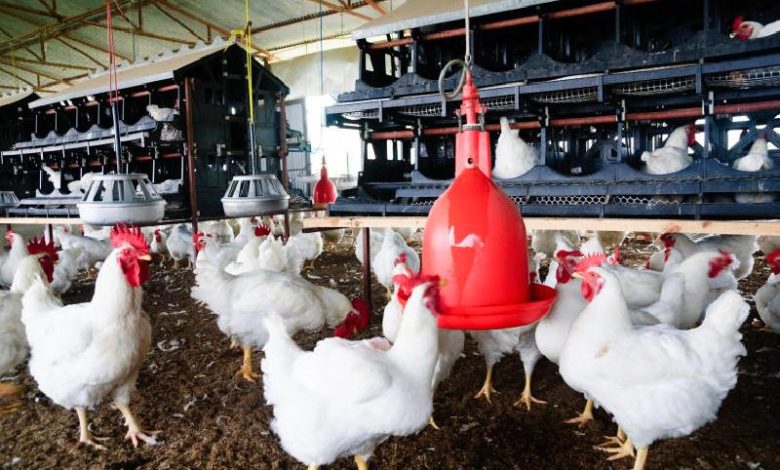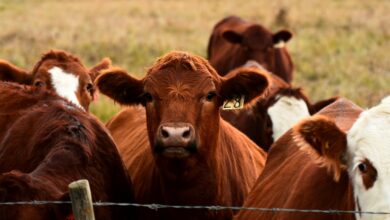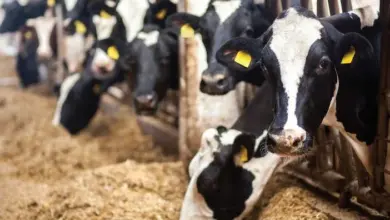
Being an economist can be a joking matter, with quips about whether economists ‘can change a lightbulb’ driven by the very different futures they forecast, depending on whether they take demand as a driver, or supply, or believe spending has a multiplier effect in creating more income and thus more spending, or whether it does not.
But one thing economists tend to agree about is that more tax means less economic growth — which means that a broke, tax-hungry government is a definite dead hand on economic fortunes.
Certainly, a less damaging route to handling excessive government debt is to cut government spending. That does lead to income drops, especially for government employees, as well as fewer opportunities as a government supplier. But it harms fewer people than big tax rises and leads to increased growth again, which then boosts taxes.
However, in that governments often prefer to keep increasing spending, our position is not uncommon in seeing taxes being pushed up everywhere.
Yet, in that chase to extract tax income from the productive economy, there are normally better taxes and worse taxes.
In this, direct taxes on companies, employees and income flows are often touted as a tougher economic hit. For, then all employees have less money for everything, and that hits demand for foods, phone time, the ability to pay rent and school fees.
Yet, Kenya is untypical in this, as very few Kenyans pay income tax. Our officially employed generate barely three million taxpayers in our population aged over-18 of some 25 million. Now, each of those will have many dependents, but, even so, an income tax hit cuts the purse of fewer than one in eight Kenyans.
Compare that with the UK’s more than 30m taxpayers in a population of 68m, and its clear how much bigger the impact of income tax changes elsewhere.
Conversely, indirect taxes, most notably as VAT, are generally viewed as less disruptive. In principle, these taxes are applied to ‘non-essentials’, so if people don’t have enough funds for luxuries, they also don’t pay the extra taxes.
However, an indirect tax starts to look very different once its inserted into a production line, or value chain. Take the VAT on chicken feed, for instance. There, in that one VAT introduction, has followed an industry collapse: because chicken feed is the biggest cost in producing chicken meat and in producing eggs, so push up the feed cost by 16 per cent, and chicken and egg prices jump.
Except, Uganda doesn’t have that tax, so its eggs and chicken are still running at the old prices. The effect, after a few years, has been a huge boost to Uganda’s poultry industry – thank you for that, Kenyan government – as the cheaper chicken and eggs from Uganda have been imported into Kenya. Some of the big Kenyan poultry input producers have fared Ok in this, simply increasing exports to Uganda for that country’s hugely expanded poultry industry. But Kenyan farmers have been hit hard.
Indeed, when I first looked at a chart of Kenyan poultry production, I thought the statistical service had an error, the change was so extreme, with that total production line falling like a stone since 2017. In fact, more than half a million poultry farmers are said to be fleeing poultry production, caught between soaring costs and not-soaring consumer prices.
It isn’t only taxes, in fact. Our cereal industry has been blighted by a round of new pests caused by climate change, and that’s going to get a lot worse, with parliament now wanting to end Kenya’s pest control – whereas Uganda will still have its pest control and so cheaper cereal feeding its cheaper birds too.
Yet, as the Kenyan poultry industry has fallen to its knees, the response from government has been to now ban Ugandan imports. Of course, we will now see more chicken and eggs from tax-free Tanzania, from Ethiopia, and onwards, for so long as only our eggs and chickens are so heavily taxed, and our neighbours aren’t.
But it’s an equation that gives the full lie to indirect taxes solving the fiscal gap.







